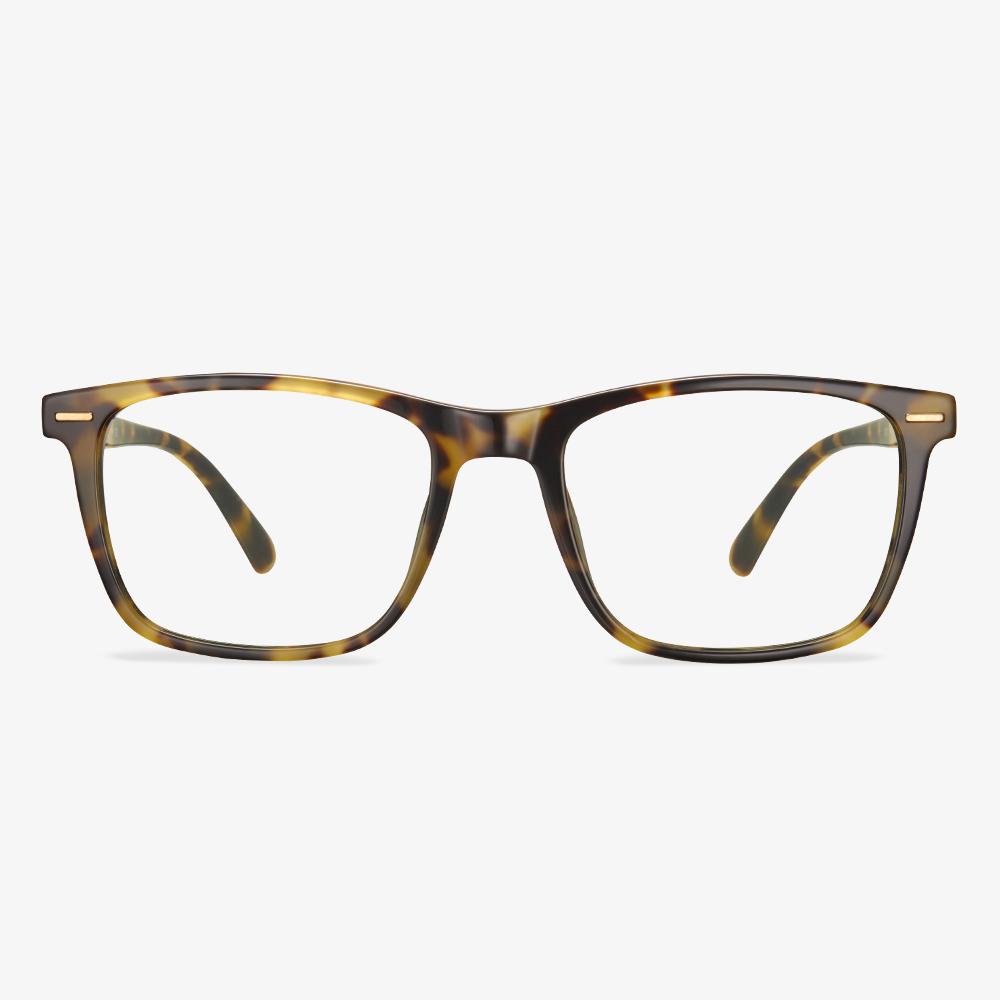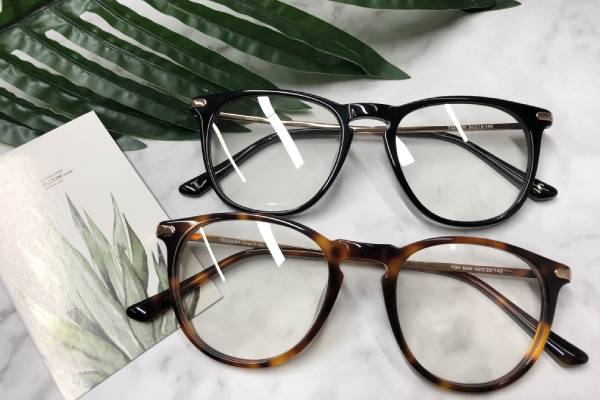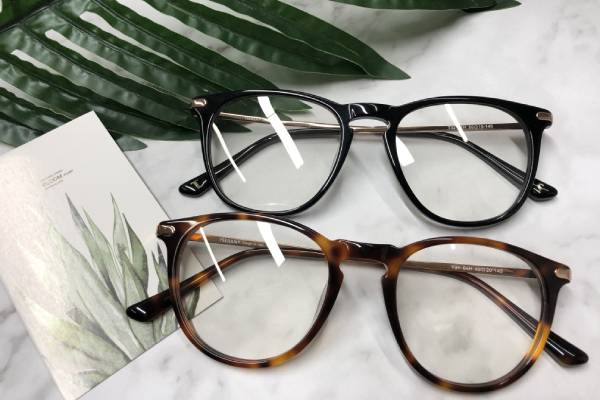Cellulose Acetate
Acetate is a kind of thermoplastic resin obtained by esterifying acetic acid to acetic anhydride under the action of a catalyst. Acetate is resistant to water, gasoline, mineral oil, and lipids, weak alkaline solutions, and acids, excellent weather resistance, not resistant to ethanol, strong acids, and strong alkaline solutions. During thermoforming, it is very necessary to dry the material before forming. Acetate was born in the early 20th century, and was successfully trial-produced and industrialized by the UK in the early 1920s. At present, it is the second-largest variety in cellulose fiber after viscose fiber. Acetate can be used to make textiles, cigarette filters, film bases, and plastic products.
The material of the nose pads
There are many differences between silica gel and PVC materials. For example, silicone can pass ROHS certification and is environmentally friendly. Silica gel is soft and feels good, while PVC products are rough. Silica gel products are soft, while PVC products are hard. Silica gel products are more flexible, but PVC has no toughness. Silica gel products are usually made to be more transparent. Glass frames made of plate material and TR-90 material, are relatively not heavy and non-allergic. Typically, the TR90 frame is cast to form a nose pad attached to the glasses ring. As the plate frame is cut out from compressed materials, the plate frame with a nose pad is usually injected into the nose pad after the frame is made.
Advantages of Photophobia Glasses
Although the best way to deal with light sensitivity is to address the underlying causes, several studies have indicated that light sensitivity glasses may be helpful in alleviating and reducing discomfort when it comes to light sensitivity. After wearing the photophobia glasses, many symptoms such as headaches or eye pains, etc will be relieved.
Benefits of MR Lenses
It is made of MR series material of Mitsui Chemical, Japan. The biggest advantage is that it is both thin and has good optical properties. Besides, the material has good impact resistance and toughness, so it is not easy to be deformed or broken. Wearing such lenses not only looks more beautiful, but clear and comfortable, and safe at ease. Using a lower density polyurethane material, the lens is lighter and thinner, making it more comfortable to wear. The higher machining success rate increases the processing efficiency and reduces the processing cost. The film compatibility and dyeing properties of MR™ are better than those of ordinary materials, which can improve the quality of functional lenses like photochromic lenses and myopic sunglasses. MR-8™ combines high refractive index, high Abbe number (for better imaging), and better processing performance, suitable for rimless, half-frame, and other glasses, which are less broken and safer. MR-7™ provides better dyeing performance, faster and more uniform color application, and can be used for myopic sunglasses. MR-8 Plus™ is safer and further improves the impact resistance of the lens while maintaining the high Abbe number of MR materials.
TR90 glasses frame
TR90 is not easy to deform and break, and it can withstand high temperatures and strong impacts. In addition, its material is relatively light, so many young people also like such glasses frames.
Sunglasses for Fishing under $50 - KOALAEYE
Koala Eye sports sunglasses have high-cost performance and fashionable design. The lens also contains absorption of infrared and ultraviolet technology, which can fully protect athletes' eyes. As for the polarized sunglasses, in addition to basic UV protection, they also can prevent glare, prevent pavement reflection light, surface phosphorescence, and so on, very suitable for fishing. When the light is strong or there is a reflective light source on the surface of an object, it does act as a good light filter, protecting the eye from the sun's exposure and the reflection of light from the water.
How to choose a spectacle frame
First of all, we must clarify what are the specific materials of the spectacle frames on the market. At present, the more commonly used glasses frame materials are sheet material, aluminum-magnesium alloy, natural wood, and bamboo materials. Of course, there are other materials such as titanium, TR90, and ULTEM.
Secondly, we have to make it clear that the texture brought by each different material is different, and each has its own advantages. For example, plastic glasses frames are made of sheet materials, which are characterized by easy processing and relatively lightweight. They are generally not easy to deform at room temperature. And the spectacle frame made of metal material is relatively strong, light, and beautiful. Therefore, to learn the advantages and disadvantages of each type of spectacle frame, we can meet our different needs according to each different material.











































